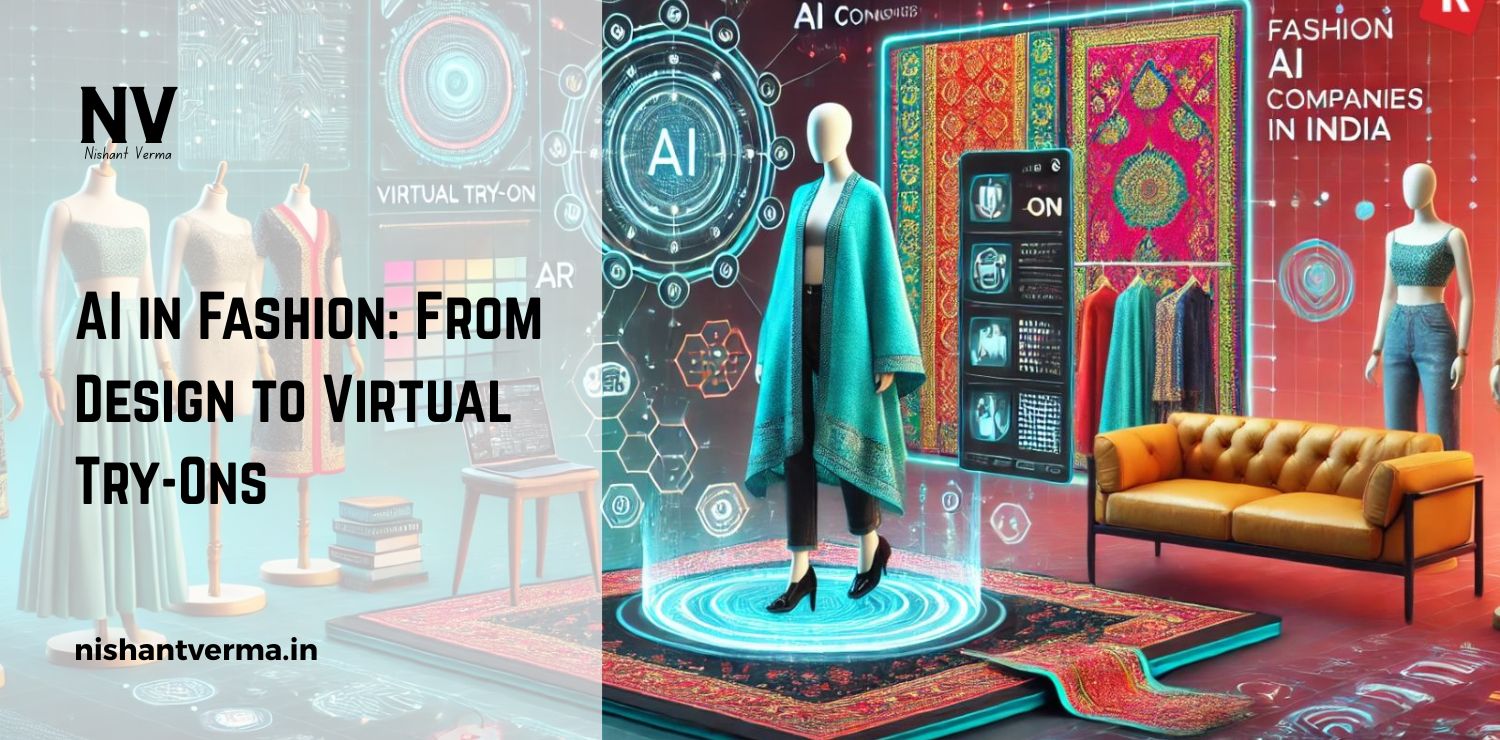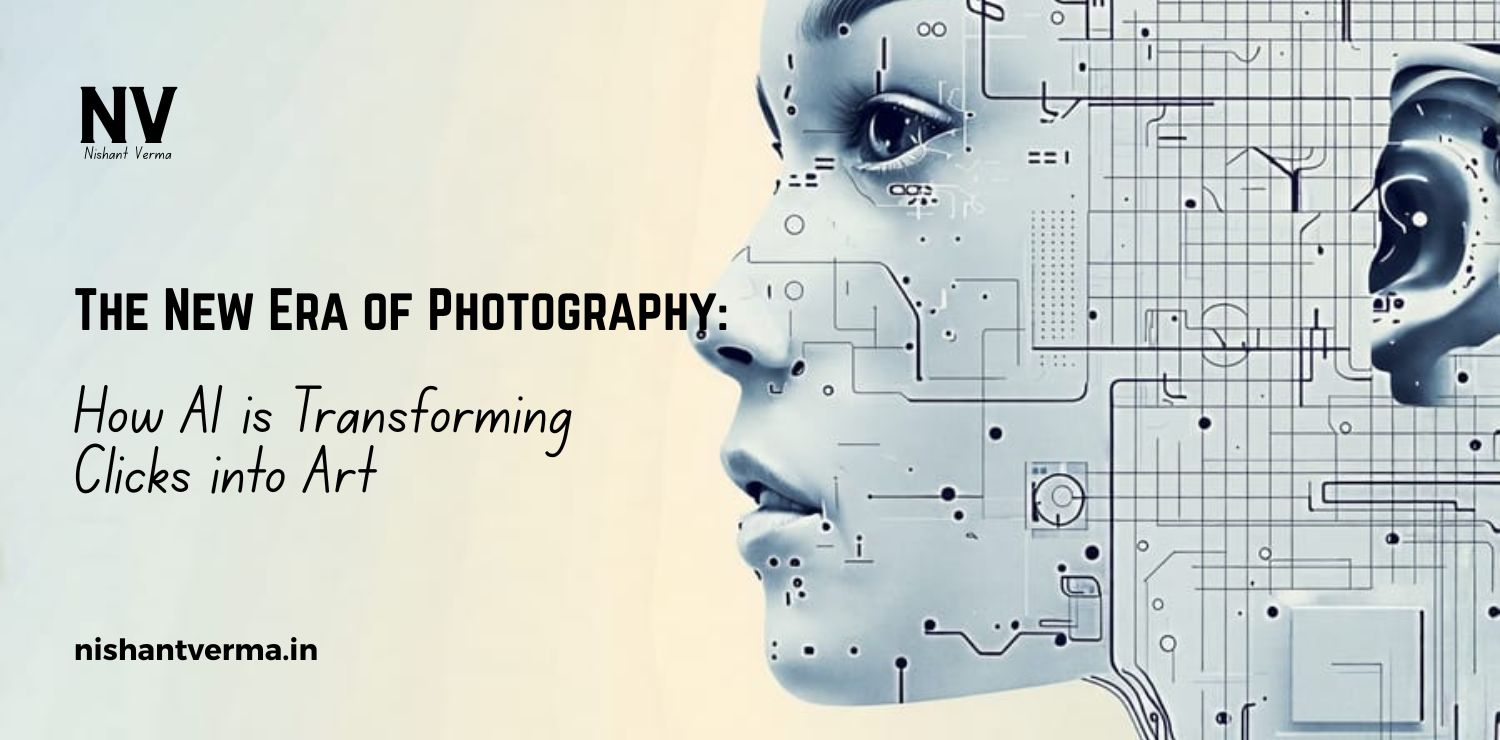In today’s digital age, social media is a powerful tool for communication, entertainment, and even marketing. But have you ever heard of influencers who are not real humans? Yes, you read that right. These are called virtual influencers – computer-generated personalities who are becoming popular on platforms like Instagram, YouTube, and TikTok. Powered by Artificial Intelligence (AI), these digital characters are changing the way brands promote their products and how audiences engage with content.
This trend is growing fast in countries like the United States, South Korea, and Japan. But now, even Indian audiences are starting to notice these virtual personalities. In this article, we will explore what virtual influencers are, how they work, their impact on the Indian market, and what the future holds for this interesting mix of technology and social media.
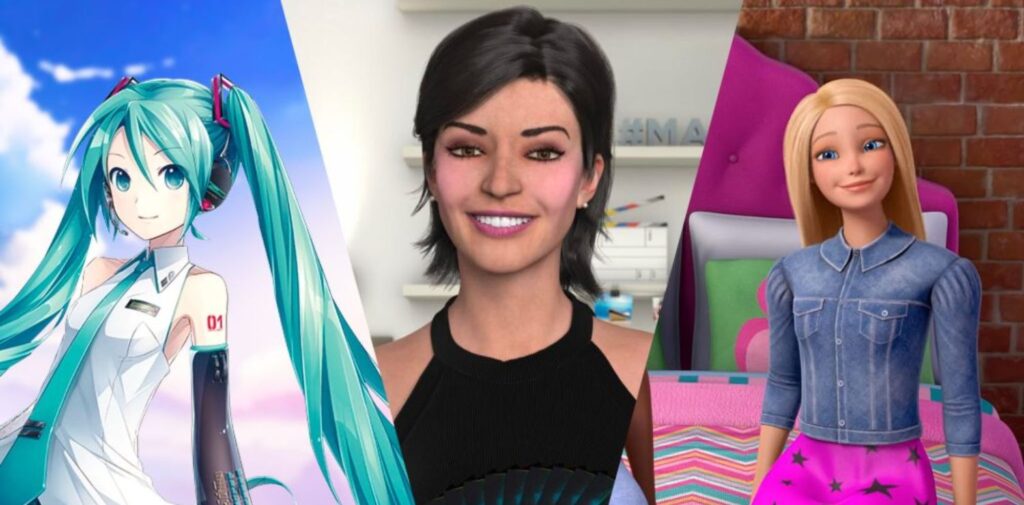
What are virtual influencers?
Virtual influencers are fictional characters created using computer graphics and AI technology. They look like real people and have their own unique personalities, styles, and stories. These digital figures are managed by a team of designers, content creators, and marketing experts who make them act like real social media influencers. They post photos, videos, and updates just like human influencers do, and they often collaborate with big brands.
One of the most famous virtual influencers in the world is Lil Miquela, a 19-year-old robot girl from Los Angeles. She has over a million followers on Instagram and has worked with major fashion brands. Another example is Shudu, a virtual supermodel known for her stunning looks and high-end fashion sense.
How AI brings virtual influencers to life
The main technology behind virtual influencers is Artificial Intelligence. AI helps in creating lifelike facial expressions, body movements, and voice interactions. Designers use 3D modeling software to build their appearance, while AI tools are used to generate content that matches their personality.
Some virtual influencers even have AI-powered chat systems that allow them to interact with followers in real time. These characters can be programmed to speak in different languages, have specific interests, and respond to trending topics. This allows them to remain active and relatable on social media platforms just like any other influencer.
For example, a virtual influencer can be created as a young tech enthusiast who reviews gadgets in Hindi or a fashion model who promotes ethnic wear for Indian brands. This flexibility makes them highly appealing for businesses looking to target specific audiences.
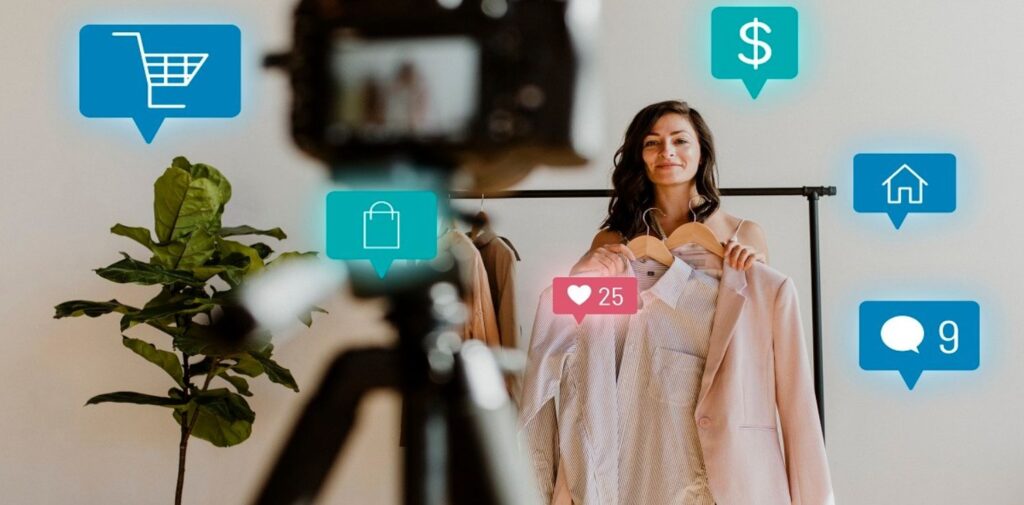
Virtual influencers in the Indian context
India has one of the largest and most active user bases on social media platforms. With millions of users on Instagram, Facebook, and YouTube, brands in India are always on the lookout for fresh ways to connect with their target audience. This is where virtual influencers can play a big role.
Although the trend is still new in India, some Indian startups and media companies are starting to explore the idea of creating local virtual influencers. These characters can be designed to represent Indian culture, languages, and values, which can help them gain popularity among Indian audiences.
For example, a virtual influencer who wears traditional clothes, celebrates Indian festivals, and speaks in regional languages can attract a large following. Such characters can also become the face of campaigns promoting Indian products, tourism, or social causes.
Benefits of using virtual influencers for brands
There are several reasons why brands are interested in working with virtual influencers:
- Full control: Since virtual influencers are created and managed by companies, their behavior, tone, and message can be fully controlled. This reduces the risk of controversies or unexpected behavior, which is sometimes a problem with real influencers.
- Cost-effective: While the initial creation of a virtual influencer might require investment, in the long run, it can be cheaper than working with multiple human influencers. A virtual character can be used across different campaigns without the need for travel, makeup, or physical shoots.
- Unique appeal: Virtual influencers stand out because they are new and different. They attract attention and create curiosity, especially among younger audiences who are always looking for new trends.
- Always available: Virtual influencers don’t take breaks, don’t fall sick, and can post content 24/7. This makes them highly efficient for constant brand engagement.
- Customization: Brands can create influencers that match their exact needs. For example, a beauty brand can create a virtual model with perfect skin to promote skincare products, or a fitness brand can have a virtual trainer who shares workout tips.
Challenges and concerns
While virtual influencers offer many advantages, there are also some challenges and ethical concerns.
One major concern is transparency. Some people may not realize that the influencer they are following is not real. This can lead to confusion or even a feeling of being misled. Social media platforms and creators should clearly mention when a character is virtual to maintain trust with the audience.
Another concern is the impact on human jobs. As virtual influencers become more popular, some fear they might replace real influencers, models, and content creators. However, many experts believe that virtual influencers will work alongside humans rather than replace them entirely.
There are also questions about the kind of beauty standards promoted by virtual influencers. Since they are designed to look perfect, they can create unrealistic expectations among followers, especially young people.
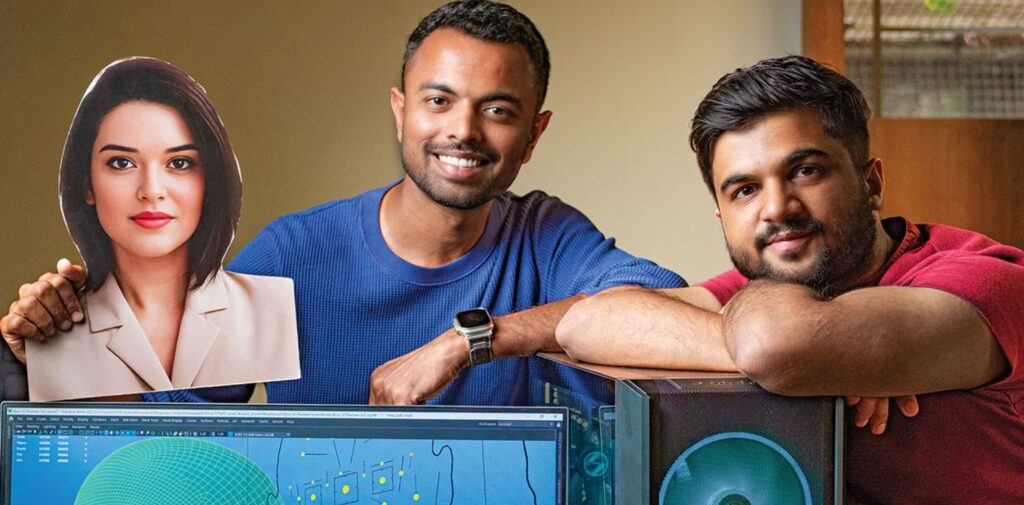
The future of virtual influencers in India
India is a young and tech-savvy country. With rising interest in AI, digital entertainment, and influencer marketing, the future of virtual influencers in India looks promising. We can expect to see more Indian brands experimenting with virtual characters in the coming years.
Indian virtual influencers might appear in advertisements, YouTube videos, music albums, and even web series. Schools and colleges might use them for educational content. Government campaigns can use them for spreading awareness about health, safety, and environmental issues.
There is also potential for collaboration between Indian animation studios and AI companies to create a wide range of virtual characters representing different regions and cultures of India. These characters can help promote diversity and connect with audiences from different parts of the country.
Conclusion
Virtual influencers are not just a passing trend. They are a new form of digital identity powered by AI, and they are slowly becoming a part of the social media world. For Indian audiences, they bring a fresh perspective and a unique way of storytelling and brand promotion.
As technology improves and creativity grows, we can expect to see more lifelike, relatable, and interactive virtual influencers in our feeds. Whether you are a content creator, a brand owner, or just someone who enjoys scrolling through social media, it’s worth keeping an eye on this exciting digital revolution.
So next time you see a stylish young person promoting a product on Instagram, don’t be surprised if they are not real. They might just be a virtual influencer – a perfect blend of art, technology, and storytelling.


